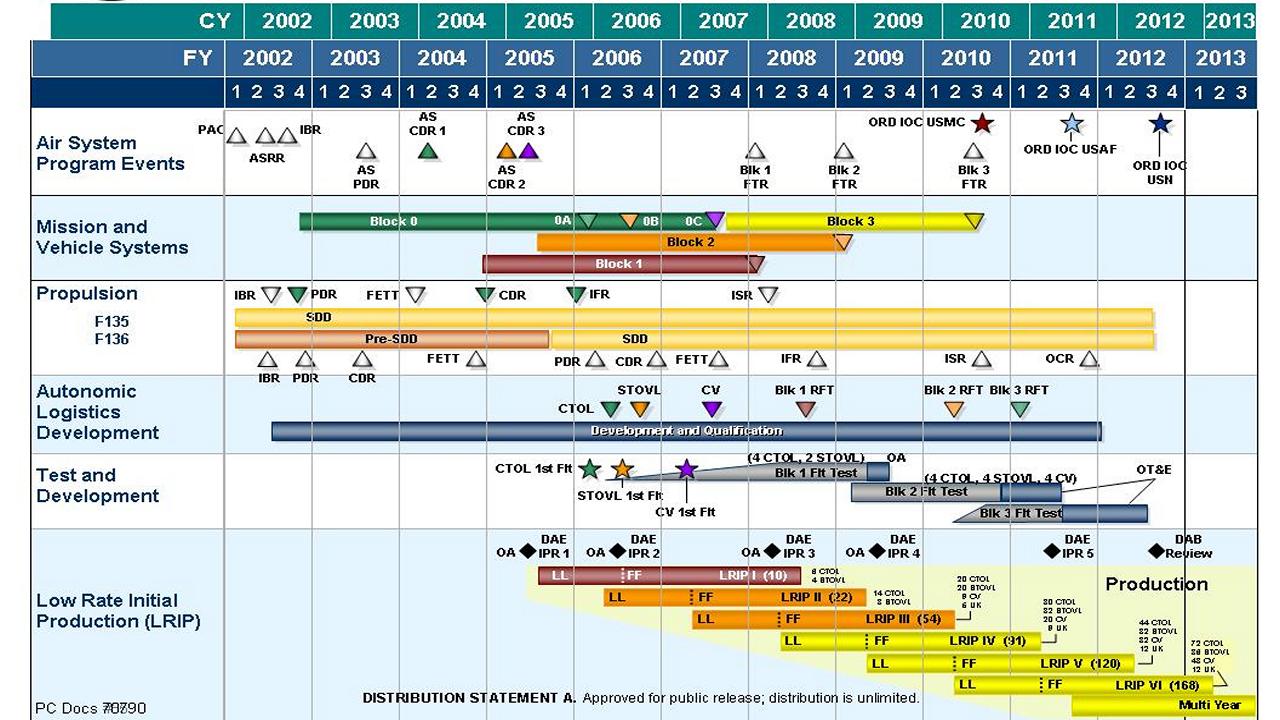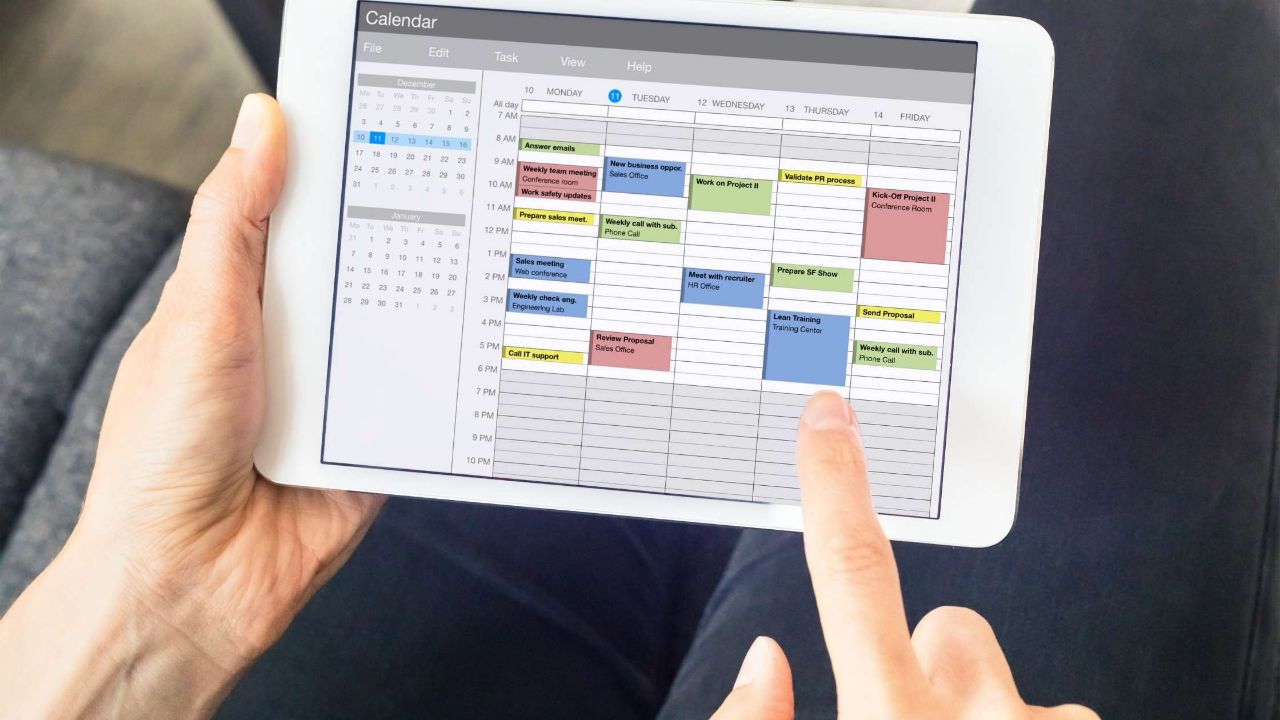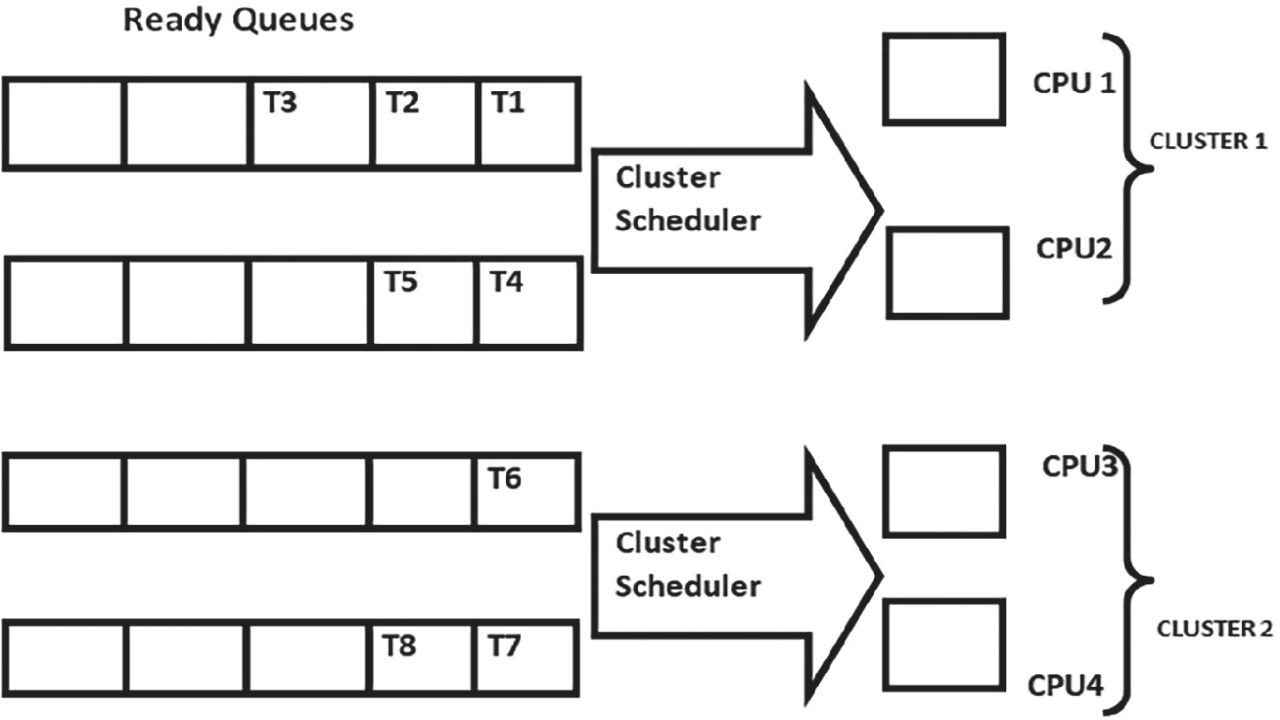

What Scheduling Strategy is Right for Your Practice?
It goes without saying that the current business environment is quite competitive. As a result, many medical practices prefer having patients streaming in through the doors all day long. While this might be advantageous, there are certain benefits and also increased revenue that is to be gained by having a scheduling program and strategy in place. This is not only beneficial to the staff but also to the patients.
With a scheduling and appointment reminder service at hand, you might wonder which the best strategy to lure and retain clients is. In this article, we seek to inform our readers of the different scheduling strategies that they can choose for their businesses. Also, you can check if your medical contract set up correctly at contractdiagnostics.
Integrated scheduling

This type of scheduling is also known as long-short scheduling. In a medical practice where there is only one doctor, the first half of the day is allocated to the long types of appointments while the latter part of the day is for short type appointment. Where there are multiple doctors, there would be a contrast in the type of appointments. In the morning, Doctor A has short meetings with patients while Doctor B has long typed appointments. In the afternoon, it is vice versa.
The benefit of this type of scheduling is the integration and streamlining of services with other departments. Your technical staff knows the type of equipment is needed for every examination. This allows for appointments to flow from one hour to another.
However, the responsibility lies with the scheduling staff to assess the needs of a patient properly.
Top of the hour scheduling strategy

This strategy allows for the physician to “reset” the clock every hour. The administrative staff sets a particular amount of appointments every hour. It could be set that every beginning of the hour starts with a new appointment. Before setting up such a system, it is recommended that you look up the practice’s historical data. This will reveal how many appointments you can set up each hour.
A benefit of this strategy is that emergency visits or appointments can be easily slotted in. In addition, administrative duties by both doctors and staff can be done more accurately and comprehensively.
Cluster scheduling

As the name suggests, this involves grouping together patients with similar conditions of treatments. They can be allocated a particular block of the day. This system allows for economies of scale to be enjoyed since a number of issues will be carried for similar examinations such as the turnaround time, instruments, and equipment.
The streamlined flow of work is one of the benefits of this strategy. It allows for the medical practice to handle many patients.
Conclusion
It is important to note that the key towards choosing a scheduling strategy is not in the frequency or the timings of the appointments. From our experience in the industry, we recommend using a digital scheduling tool.
While it eases the strain on your staff and offers convenience to your patients, you will be able to select which strategy is best for your medical practice.

Comments are Disabled